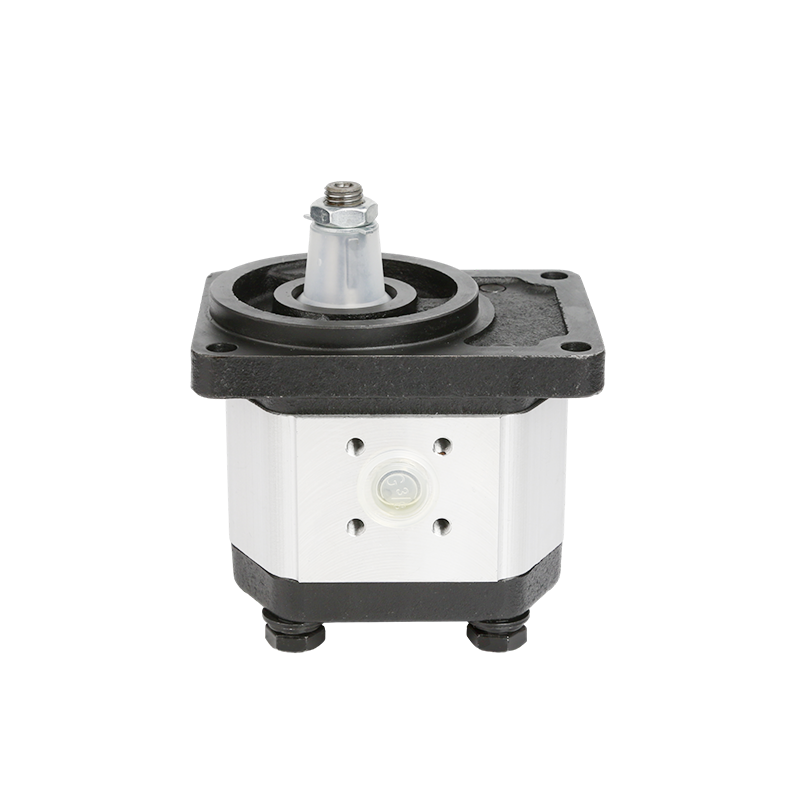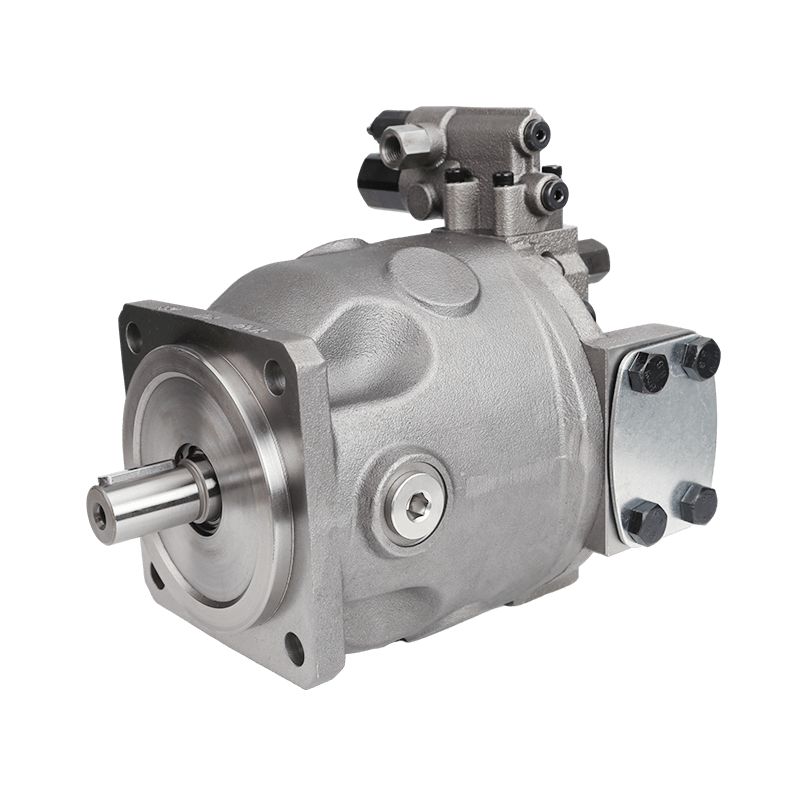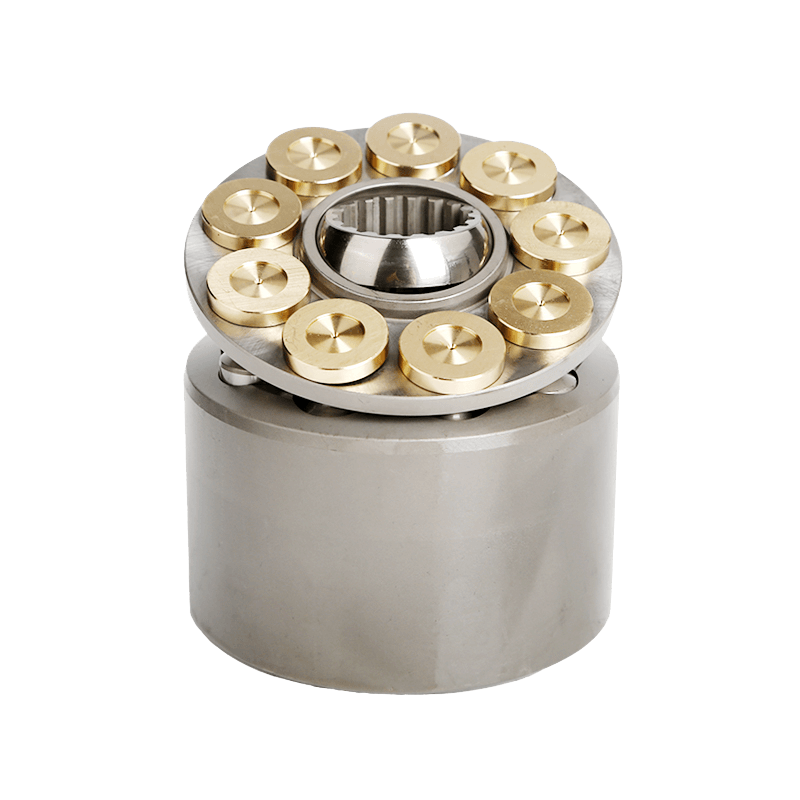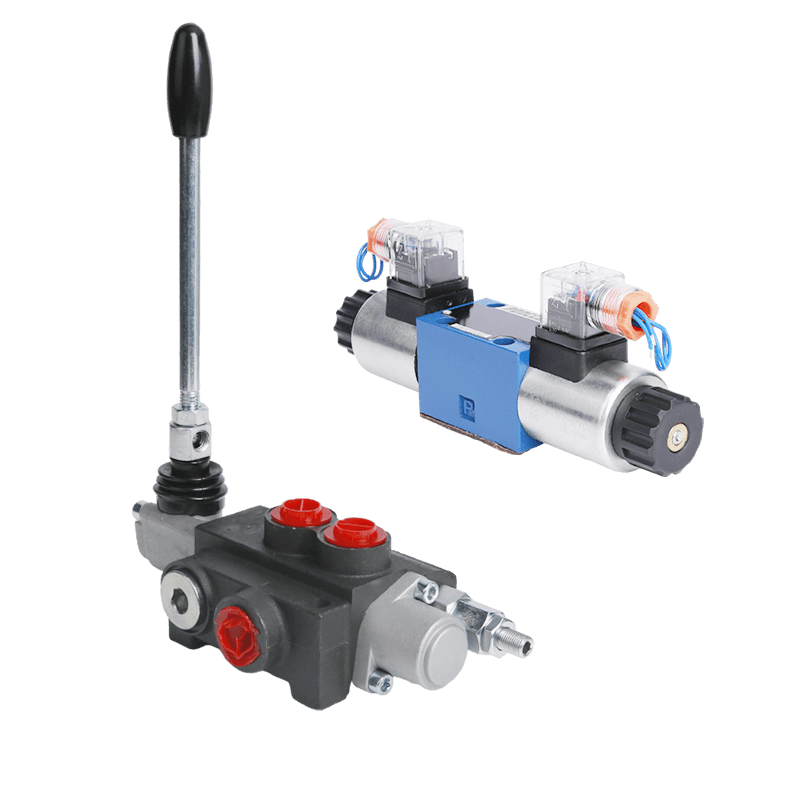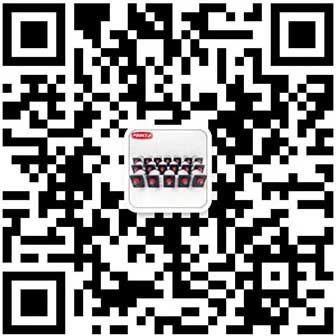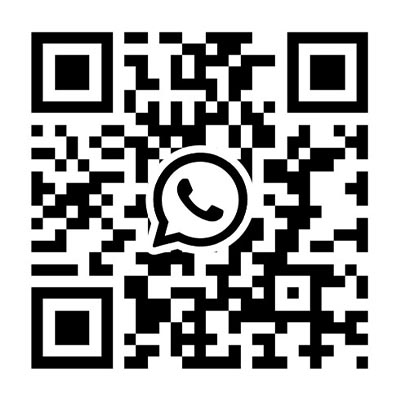A gear pump is a mechanical device that conveys liquids or fluids through the meshing motion of two gears. Its working principle is relatively simple, mainly composed of two adjacent gears, pump casing, shaft seal, bearings and so on. The following will be an introduction to the working principle of gear pumps, features, applications and related technologies.
Working principle of gear pumps
The working principle of gear pumps is based on the meshing of two neighboring gears in the pump casing. When the motor or engine drives the active gear to rotate, the active gear drives the driven gear to rotate, forming a closed volume. As the gears rotate, the closed volume changes, creating a suction force that draws the liquid into the pump. When the closed volume increases, the pressure inside the pump decreases, and the liquid is pressed from the inlet to the outlet. As the gears continue to rotate, the liquid is constantly being sucked in and out.
The characteristics of the gear pump
Simple structure: the structure of the gear pump is relatively simple, mainly consists of two gears, pump casing, shaft seal, bearings, etc., easy to maintain, low manufacturing cost.
Stable flow: the flow of gear pumps is relatively stable, and can meet the needs of most fluid transfer applications. The flow rate can be controlled by adjusting the gear speed.
High pressure: Gear pumps are capable of generating high pressure and are suitable for high pressure fluid transportation.
High reliability: Gear pumps have a simple working principle and few moving parts, so they are highly reliable.
Wide range of applications: Gear pumps are suitable for all kinds of viscosity liquids, such as lubricating oil, fuel oil, etc. They can also be used for conveying corrosive liquids such as water, acid and alkali.
Easy maintenance: the simple structure of gear pumps makes it relatively easy to maintain. Generally, only seals and bearings need to be replaced periodically.
Wear-resistant: Since the gear pump’s gears and bearings and other moving parts are made of specially treated wear-resistant materials, it has a long service life.
Application of gear pumps
Gear pumps are widely used in industrial fields, such as petroleum, chemical, pharmaceutical, food processing, ships and so on. In the petroleum industry, gear pumps are used to transport crude oil, fuel oil, etc. In the chemical industry, gear pumps are used to transport various corrosive liquids; in the pharmaceutical industry, gear pumps are used to transport medicinal liquids; in food processing, gear pumps are used to transport various food raw materials and additives; in ships, gear pumps are used to transport lubricating oils and so on.
Relevant technology
Material selection: According to the different applications, the material selection of gear pumps is also different. For the occasion of conveying corrosive liquids, it is necessary to choose corrosion-resistant materials such as stainless steel, etc.; for the occasion of high temperature or low temperature liquids, it is necessary to choose high temperature or low temperature resistant materials.
Sealing technology: sealing is one of the important aspects of the gear pump. Common sealing methods include mechanical seals and packing seals. For high temperature, high pressure or corrosive liquids and other occasions, it is necessary to use high temperature, high pressure or corrosion-resistant sealing materials and sealing structure.
Lubrication technology: Moving parts such as gears and bearings in gear pumps need to be lubricated with lubricating oil or grease, and the purpose of doing so is to minimize friction and wear. In different applications, the most suitable lubricant or grease should be selected according to actual needs.
Flow adjustment: The flow rate can be adjusted by adjusting the gear speed. In practice, changing the motor speed or using a transmission to adjust the gear speed is a common means of regulating flow.
Pressure control: the pressure generated by the gear pump is affected by a variety of factors, such as speed, flow and fluid viscosity, etc., so it is necessary to use a pressure control system to control the size of the pressure, in order to achieve a stable pressure output. Common pressure control systems used to achieve this goal include pressure sensors and controllers.
Noise control: gear pumps in the working process will produce a certain amount of noise, so in order to reduce the impact of noise on the environment, it is necessary to take noise control measures. For example, the use of silencers, noise enclosures and shock absorbers and other methods.
Maintenance: In order to extend the service life of the gear pump and improve the reliability of the gear pump, it is necessary to carry out regular maintenance, including the replacement of seals, bearings and lubricants, etc., and should also pay attention to the timely cleaning and inspection of the internal pump body.
Conclusion
In short, gear pumps as an important fluid transfer equipment, in the future will continue to play an important role. With the continuous progress of technology and application needs continue to improve, gear pumps will continue to innovate and improve for the development of the industrial sector to make greater contributions.

